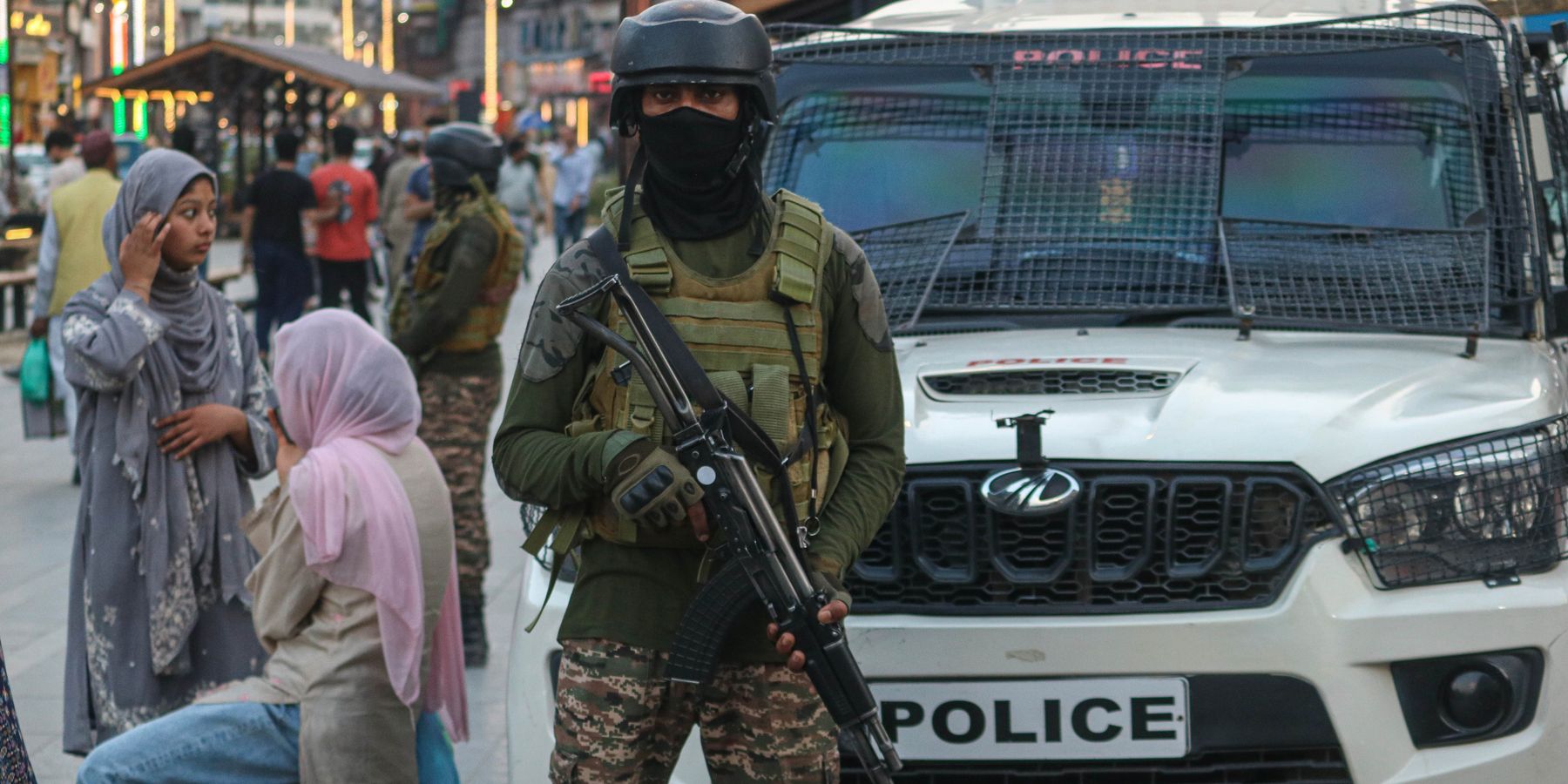India responded to the April 22 terrorist attack on tourists in picturesque Kashmir valley by striking multiple sites in Pakistan on Tuesday. This has led to questions as to what Washington should do as these two countries clash. What are U.S. interests in this theater and how should it defend them?
President Trump reacted to the news by saying “We knew something was going to happen…they’ve been fighting for a long time…many, many decades,” and expressing the hope that “it ends very quickly.” In earlier statements, Washington had strongly condemned the terrorist attack that triggered this cycle and also urged calm between the two Asian neighbors.
The United States has a major interest in combating terrorism. Most of the vast militant complex operating in Pakistan traces its origins to the U.S. Cold War strategy of using fundamentalist proxies to counter the Soviet invasion of Afghanistan. The spillovers from that conflict have been deadly. Among these is the turbocharging of the India-Pakistan rivalry, a rivalry which is itself rooted in the colonial partition of India in 1947.
But all that lies in the past. Fast forward to today and it is clear that the United States has only limited interests and constrained influence in the region. In terms of combating terrorism, there has long been strong and bipartisan cooperation between Washington and New Delhi, especially since the brutal terror attacks in Mumbai in November 2008 conducted by the Pakistani radical group Lashkar-e-Taiba. The Trump administration recently extradited Tahawwur Rana, a Pakistani-origin Canadian citizen, to India. Rana was convicted by a U.S. court for his role in the Mumbai attacks.
Apart from ensuring that terrorists are duly brought to justice, the United States, along with the rest of the world, also has an interest in not seeing an all-out nuclear war break out anywhere. In South Asia, escalation to nuclear use is more likely from Pakistan. Unlike India, its nuclear doctrine does not include a No First Use commitment. Islamabad might be tempted to use its tactical nukes to fend off any major Indian conventional offensive that conquers significant parts of its territory. But we are very far from such a scenario in South Asia.
The second India-Pakistan military clash in six years is just one symptom of our post-unipolar world. In such a world, many states, especially in the Global South, will have more agency. Some will exercise it forcefully in their perceived interests. The United States will often not be responsible for these dynamics. The flip side of this is that the United States will also be unable to “fix” the challenges of deep-rooted rivalries in distant lands. The Trump administration seems to instinctively realize this, at least in South Asia.
- China’s BRI crown jewel in Pakistan has turned into a powder keg ›
- What an even stronger Modi might mean for US-India relations ›
- Can Trump-brokered Pakistan-Inida ceasefire hold? | Responsible Statecraft ›
















